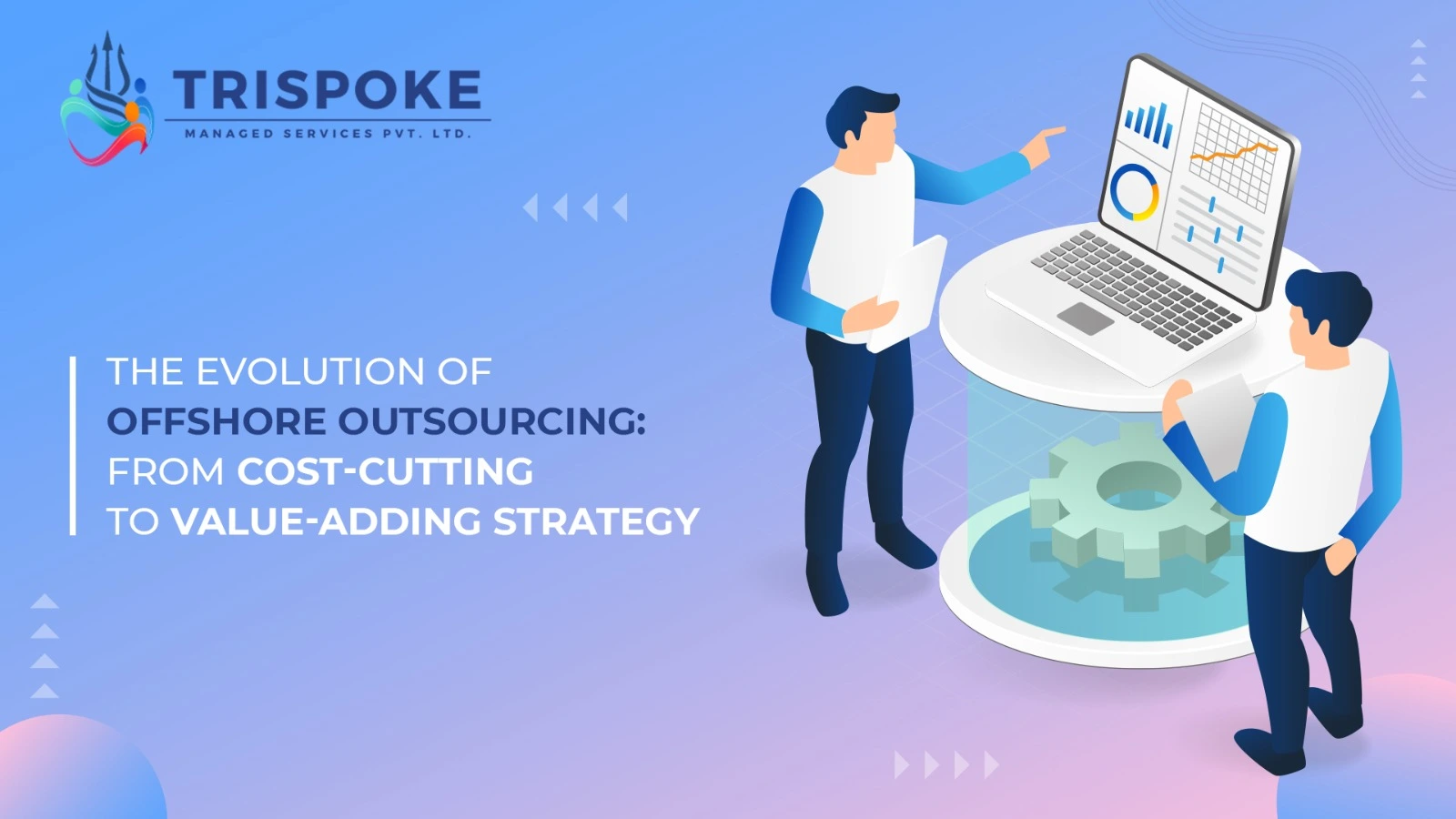Offshore outsourcing, once a mere buzzword for businesses looking to cut costs, has evolved into a sophisticated, value-adding strategy. Over the years, its role has transformed from a tactical maneuver to a critical business enabler, allowing organizations to focus on core competencies, enhance innovation, and achieve sustainable growth. As an offshore outsourcing services provider, businesses can leverage this strategic approach to navigate today’s dynamic global economy with greater efficiency and scalability.
The Early Days: A Cost-Cutting Tool
In its early days, offshore outsourcing was primarily driven by the need to reduce expenses. Organizations, particularly in developed nations, sought cost-effective solutions by relocating labor-intensive and repetitive tasks to regions with lower labor costs. Countries like India, China, and the Philippines emerged as popular destinations for outsourcing services such as data entry, customer support, and manufacturing.
The benefits were clear: significant savings in operational costs, access to a large pool of skilled but affordable labor, and the ability to operate around the clock. However, this approach often came with challenges such as communication barriers, cultural differences, and quality control issues. While cost-saving remained the primary goal, businesses started to realize the potential for more.
A Shift Toward Strategic Partnership
As global markets matured, so did the expectations from offshore outsourcing. By the 2000s, companies began looking beyond cost-saving to strategic advantages. This marked the emergence of outsourcing as a partnership rather than a transactional relationship. Businesses started leveraging offshore expertise not only to reduce costs but also to enhance efficiency, streamline operations, and gain a competitive edge.
The IT and software development industries played a significant role in this transition. The rise of technology outsourcing to countries like India demonstrated how offshore partnerships could drive innovation. Companies outsourced critical processes, including software development, quality assurance, and technical support, to tap into specialized skills and cutting-edge technology.
The Current Landscape: A Value-Adding Strategy
Today, offshore outsourcing is no longer just about delegating tasks; it is about creating value. Organizations collaborate with outsourcing partners to access global talent, leverage technological advancements, and scale operations quickly. The focus has shifted to delivering higher quality, enhancing customer experiences, and fostering innovation.
For instance, many businesses are embracing knowledge process outsourcing (KPO), which involves complex services like market research, data analytics, and financial consulting. Similarly, business process outsourcing (BPO) now extends to customer-centric roles, such as personalized customer service and omnichannel support, emphasizing quality and customer satisfaction.
Technologies such as artificial intelligence (AI), cloud computing, and automation are further reshaping offshore outsourcing. These tools enable seamless collaboration, ensure data security, and drive innovation at scale, making offshore partners an integral part of the organizational ecosystem.
The Future of Offshore Outsourcing
As offshore outsourcing continues to evolve, its future lies in collaboration and co-creation. Businesses are increasingly focusing on sustainability, ethical practices, and creating shared value. Outsourcing providers are expected to invest in employee upskilling, innovation hubs, and advanced technologies to align with the long-term goals of their clients.
In conclusion, the evolution of offshore outsourcing reflects the changing priorities of businesses in a globalized world. From being a cost-cutting measure to becoming a value-adding strategy, it has transformed into a cornerstone of modern business success. By fostering partnerships built on trust, innovation, and shared goals, offshore outsourcing is set to remain a critical enabler of growth and resilience in the years to come.

